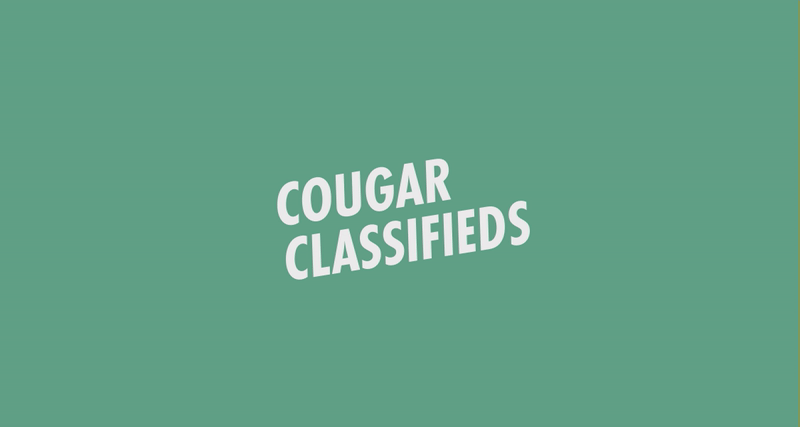Building homes with foam
March 14, 2014
A group of WSU students will help house the homeless with an unusual structural material: foam.
Engineering and marketing students make up the company called Mobile Foam, an idea that sprang from a concern about homelessness rates and a requirement to fulfill their senior project, said Chris Routen, a Mobile Foam member.
“We’re seniors, on our way out,” Routen said. “What if we made a lasting impression with our final year in college and did something that had real-world application?”
The students’ goal is to supply construction companies and nonprofits with a mold to create insulated concrete forms (ICF), or foam blocks, onsite, Routen said.
Foam blocks have a likeness to surf board foam, Routen said. The foam is filled with concrete.
ICF homes recreate a higher standard of living, said Mobile Foam member Austin Carter. The foam is more cost effective than lumber or cinderblocks because its insulation saves energy.
The foam is a better alternative to wood in termite-infested areas or where lumber is a limited resource, Routen said. ICF homes are also impervious to tsunamis.
ICF homes can resist an 8.0 earthquake, said Mobile Foam member Dane Baird.
ICF is ideal for building homes in developing countries because of its cost effectiveness and durability, Routen said.
Walls of houses made from foam blocks can be built in a day and are stacked like Legos, said Mobile Foam member Kelsi Lakey. ICF homes can be built at a quicker rate than homes built from lumber because they do not require construction workers.
ICF homes look like normal stucco homes, Baird said.
Baird and Carter recently travelled to Tijuana, Mexico, for five days to discuss ICF building techniques with nonprofit companies.
During their time in Tijuana, Baird and Carter said they also helped build a church with nonprofit organization Lazarian World Homes and 25 students from Point Loma Nazarene University.
They were able to see firsthand a 6-month-old home built from this technology and visit with the grateful family, Carter said.
“It became very evident to us after the trip that there is a large need for this technology for onsite manufacturing of these blocks,” Carter said. “We didn’t recognize that until we got down there and got our hands on the blocks and built them ourselves.”
Lazarian World Homes uses Styrofoam blocks, Baird said. This requires construction in an offsite location. Mobile Foam uses foam blocks made from polyurethane, which can be created onsite and reduces production costs.
Forty percent of the cost of foam blocks comes from shipping, Lakey said. Mobile Foam plans to ship ICF molds to construction sites to make blocks onsite.
In the future, Mobile Foam would like to collaborate with a government in a country with a large homeless population and build a mass amount of homes, Lakey said.
“Organizations all over the world (can) use this method to be able to provide low-cost housing and schools to communities,” Lakey said.
Routen said Mobile Foam is focusing on building internationally because 100 million people worldwide are homeless, and most are not U.S. citizens.
Mobile Foam members will compete in business plan competitions through WSU, University of Washington, and Whitworth University, Routen said.
Judges of the competitions provide feedback to Mobile Foam’s ideas, Routen said. Mobile Foam can also win cash prizes for the competitions.
“The way we will measure success is not buy winning business plan competitions,” he said. “The way we measure success is by actually seeing our company make a difference in people’s lives.”
Carter said Mobile Foam will also gain funding from private Angel investors, companies that invest in startup businesses, who are interested in ICF techniques.
Mobile Foam is currently prototyping a smaller version of the mold for testing purposes, Baird said. They plan to have their first prototype of a large block completed by the end of the semester.









